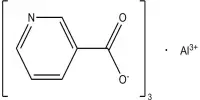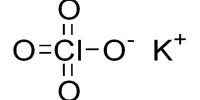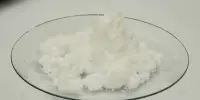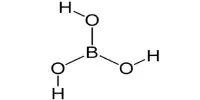Aluminium sulfacetate is a mixture of aluminium salts dissolved in water with formula Al2SO4(CH3CO2)4. It is a chemical compound that consists of aluminum, sulfur, oxygen, and nitrogen. It is a white solid that is commonly used as a flocculating agent in water treatment and as an ingredient in various industrial processes. It is used in various applications, including as an antiperspirant, an astringent, and a treatment for skin infections. It has a wide range of applications in various industries due to its unique properties and versatility.
Properties
- Appearance: It is a white or grayish-white powder that is odorless.
- Solubility: It is soluble in water, ethanol, and acetone.
- Stability: It is stable under normal conditions of use and storage.
- pH: It has a pH of around 3-4 when dissolved in water.
- Antimicrobial properties: It has antimicrobial properties and is commonly used as an active ingredient in topical medications for skin infections.
- Astringent properties: It also has astringent properties and is used in some cosmetic products to help tighten and tone the skin.
Uses
It is an evenly balanced mixture of aluminium sulfate and aluminium acetate. It can be used as a mordant, which is a substance used to set dyes on fabrics that typically contains a polyvalent metal ion like aluminium or iron, In mixtures with basic aluminium diacetate or aluminium sulfacetate, aluminium triacetate has been used as a mordant with alizarin dye.
It has various applications, including:
- Water treatment: It can be used to remove impurities from water. It works by coagulating particles and contaminants, making them easier to remove through filtration.
- Pharmaceuticals: It is used as an active ingredient in some medications, such as antiperspirants and antiseptics.
- Cosmetics: It can be found in cosmetics such as creams, lotions, and shampoos due to its ability to act as a pH regulator and to help stabilize emulsions.
- Paper manufacturing: It is used in the production of paper to help with retention of fillers and sizing agents.
- Textile industry: It is also used in the textile industry to help dye fabric and to prevent the growth of bacteria.















